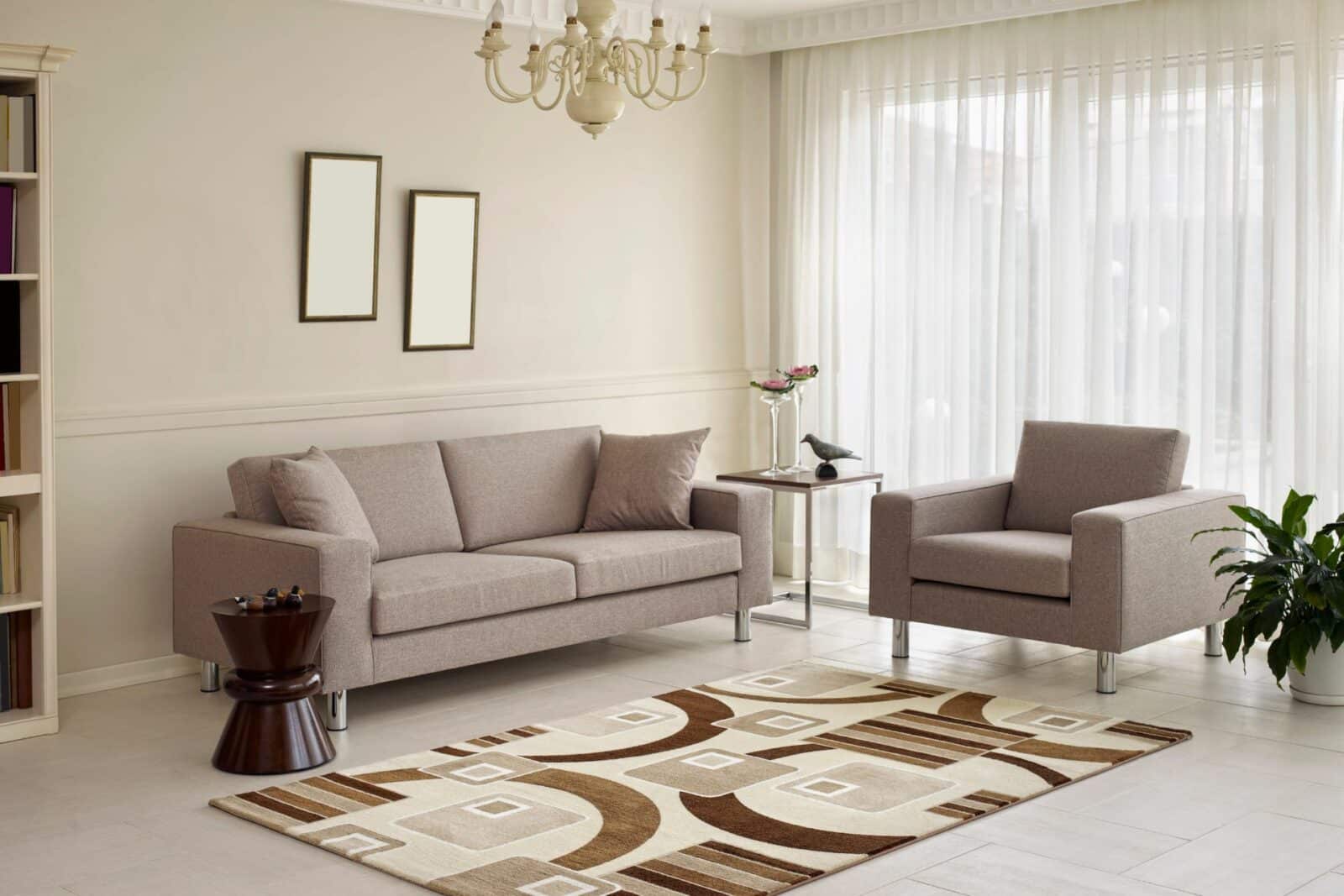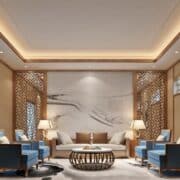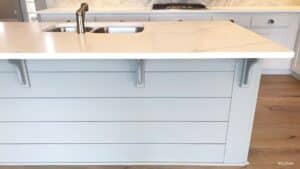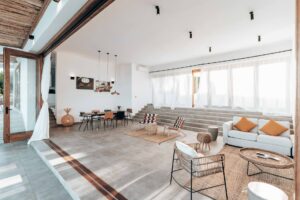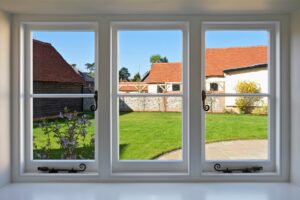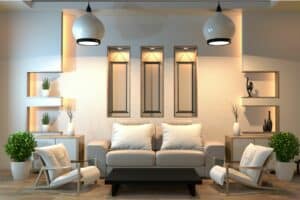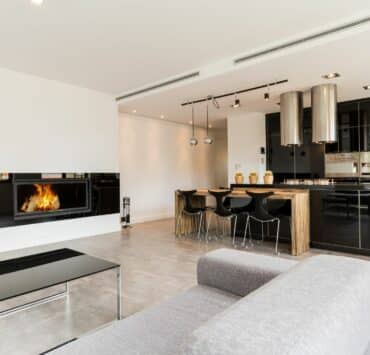The formal living room has long stood as a symbol of elegance and sophistication in home design. Whether you’re hosting dignitaries or just enjoying a quiet moment with a classic novel, this space serves as a reflection of refined taste and style.
Defining the Formal Living Room
The Evolution of the Formal Living Room
Historically, the formal living room, sometimes referred to as a “parlor,” was a space reserved for hosting guests or holding special occasions. Unlike the casual family room, it remained pristine and often untouched.
The Purpose Today
In today’s modern homes, the formal living room has evolved. While it still exudes luxury, it also often doubles as a functional space for families to gather.
Key Elements of a Formal Living Room
Furniture Selection
Choose classic furniture pieces such as Chesterfield sofas, wingback chairs, or mahogany coffee tables. The furniture should exude quality, and the designs should be timeless.
Lighting and Fixtures
Elegant chandeliers, candelabra wall sconces, or sophisticated floor lamps can set the tone. The right lighting can transform a room from simply furnished to luxuriously opulent.
Wall and Floor Coverings
Wallpaper with subtle patterns or rich textures can elevate the room’s design. Hardwood floors, either polished to a shine or covered with a plush rug, are standard for this type of room.
Decorative Accents
Incorporate ornate mirrors, artwork, vases, and other decorative pieces. The key is to choose items that not only look beautiful but also tell a story or add character to the room.
Color Palette and Themes
Classic Color Choices
Deep hues like burgundy, navy, or forest green can provide a rich backdrop. Paired with gold or silver accents, these colors embody luxury.
Modern Twists
For a contemporary touch, consider blending neutrals with bold accent colors or integrating geometric patterns to give the room a more current feel.
Making the Formal Space Inviting
Balancing Formality with Comfort
While a formal living room should be polished, it doesn’t have to be unwelcoming. Plush cushions, soft drapes, and cozy throws can make the space comfortable.
Incorporating Personal Touches
Adding personal elements, whether family heirlooms or travel souvenirs, can make the room feel more connected to your personal journey and less like a museum.
Conclusion
Creating a formal living room is an art. It’s about balancing elegance with comfort, tradition with modernity. With the right design choices, this space can be a testament to refined taste, while still being a welcoming haven for family and guests.
Frequently Asked Questions
What distinguishes a formal living room from a casual one?
A formal living room typically showcases more refined and elegant decor, while a casual living room might feel more relaxed and functional.
Is it necessary to have a formal living room?
No, the choice to have a formal living room depends on personal preference, space availability, and lifestyle needs.
Can small homes incorporate a formal living room?
Absolutely! With clever design choices and space-saving furniture, even compact homes can have a touch of formality.
How can I update my formal living room without losing its elegance?
Introducing modern accents, updating color palettes, or incorporating contemporary art can modernize the space while retaining its sophistication.
Do formal living rooms need a fireplace?
While fireplaces can add a classic touch to formal living rooms, they are not a necessity. The elegance of the room can still shine through other design elements.
